Table of Contents
- Introduction
- Understanding the Burnt Taste
- 1. Overheating: When the Temperature Is Too High
- 2. Using Old or Low-Quality Herbs
- 3. Residue and Buildup in the Chamber
- 4. Inconsistent or Incorrect Draw Technique
- 5. Packing Too Tightly or Incorrectly
- 6. Device Limitations and Material Quality
- 7. The Importance of Grind and Herb Moisture
- Long-Term Fixes and When to Upgrade
- Conclusion
- About the Author
Introduction
There’s nothing more disappointing than preparing your favorite herb, heating up your vaporizer, taking that first breath—and tasting something bitter, harsh, or downright burnt. Vaporizing is supposed to be clean, flavorful, and efficient. So why does it sometimes feel like you’re burning your herbs instead of enjoying them?
The good news is: you’re not alone. A burnt taste is one of the most common complaints among vaporizer users—especially those using manual, butane-powered, or high-heat electronic devices. The better news? It’s usually easy to fix once you understand what’s going wrong.
This guide is your deep dive into the burnt vapor problem: what causes it, how to fix it, and how to prevent it altogether. Whether you’re using a high-end device like the Vapman or a portable conduction vape, these tips will help you get the most out of every session.
Understanding the Burnt Taste
Let’s be clear: vaporization is not combustion. True combustion occurs above 230–240°C (446–464°F), where plant material ignites and produces smoke. A good vaporizer stays below this threshold. However, even well below that temperature, your session can still produce a burnt taste due to one or more of the following:
- Overheating certain areas of your bowl
- Residual burnt oils or buildup in your vapor path
- Herbs that are too dry, too fine, or simply degraded
- Poor airflow causing local charring or uneven heating
Recognizing the difference between dense vapor and burnt vapor is key. Dense vapor is warm, aromatic, and smooth. Burnt vapor is acrid, dry, and leaves an unpleasant aftertaste. The cause is often mechanical or procedural—meaning it’s fixable.
1. Overheating: When the Temperature Is Too High
The most common reason for burnt vapor is excessive temperature. Some users assume that higher temperatures = better effects. But the truth is that delicate terpenes and flavonoids begin to degrade above 185°C (365°F), and pushing your device above 200°C (392°F) without care is a fast track to burnt, flavorless vapor.
What to do:
- Start your session around 150–165°C and work up gradually if needed
- Use the lowest temperature that gives you the desired effects
- For manual devices, reduce flame intensity and don’t heat too long
Need guidance on which temps work best for your goals? See our guide to ideal herbal vaporization temperatures.
2. Using Old or Low-Quality Herbs
Even the best vaporizer can’t make up for poor source material. If your herbs are brown, dusty, or brittle to the touch, they’ve likely lost their essential oils and aromatic compounds. Vaporizing dry plant matter with no oil content often tastes burnt—because that’s essentially what’s happening: dry fiber heating without moisture protection.
Fix it with better storage and sourcing:
- Store herbs in airtight UV-proof jars in a cool, dry space
- Use a hygrometer to keep humidity at 58–62%
- Buy from trusted, lab-tested suppliers whenever possible
If your herbs crumble instantly to dust, it’s time to rehydrate or replace them. Learn when to refresh your bowl in our article on when to refill your vaporizer.
3. Residue and Buildup in the Chamber
Each vaporizing session leaves behind a trace of resin, tiny particles, and plant oils. Over time, this residue accumulates in your chamber, screens, vapor path, and mouthpiece. When reheated—especially at high temperatures—these leftover materials can burn, releasing a sharp, bitter taste that overpowers fresh herbs.
How to prevent and fix it:
- Empty the chamber immediately after each session—never let used herbs sit overnight
- Use a soft brush to remove debris after each session while the device is still warm
- Deep clean with isopropyl alcohol (at least 70%) once a week
- Replace screens or filters regularly—they trap more residue than you think
Need step-by-step cleaning help? Read our guide on cleaning and maintaining your vaporizer.
4. Inconsistent or Incorrect Draw Technique
Your draw matters. Drawing too slowly in a flame-powered vaporizer can create hotspots that char herbs before airflow cools the chamber. Drawing too quickly in an electric vape may reduce vapor density and unevenly heat the bowl. The wrong draw can create temperature spikes or cool spots—both of which compromise vapor quality.
Best practices for a smooth draw:
- Inhale slowly and steadily for 4–6 seconds
- Pause briefly between draws to avoid overheating the chamber
- Use nasal exhales to clear your lungs and reset your rhythm
- Let the device rest if vapor gets hot or harsh mid-session
Want to learn more about timing and frequency? Check our detailed guide on how often to inhale.
5. Packing Too Tightly or Incorrectly
The way you load your vaporizer’s bowl has a bigger impact than most people realize. Overpacking compresses herbs and restricts airflow, leading to uneven heating, trapped hot air, and localized burning. Underfilling, on the other hand, can cause the herbs to jump around the chamber—resulting in overexposure to hot surfaces and taste degradation.
Tips for proper chamber packing:
- Grind evenly (not too fine!) and fill the chamber about ¾ full
- Lightly tamp the herbs—just enough to hold them in place without compression
- Stir the bowl midway through the session if flavor drops off
- Leave some airflow space—especially with convection vapes
Need a refresher on best filling practices? Read our article on how to load your vaporizer for optimal performance.
6. Device Limitations and Material Quality
No matter how carefully you prepare your herbs or inhale, a poor-quality vaporizer can sabotage your efforts. Cheap devices often lack precise temperature control, have uneven heating elements, or use questionable materials near the heat source. Some even include plastic parts that can off-gas or degrade over time.
Watch out for:
- Plastic near the heating chamber or vapor path
- Exposed wires or cheap metal components inside the oven
- Unstable temperature readings or visible charring after a session
- Plastic or rubber smell when heated
What to do instead:
- Choose a device with a pure air path—stainless steel, glass, ceramic, or copper
- Prefer manual or analog vapes with physical heat feedback over purely digital models if you want total control
- Use convection vaporizers for cooler, more evenly distributed vapor
Manual devices like the Vapman offer tactile feedback, clean materials, and complete temperature control by flame. For a smooth convection experience, the Lotus provides evenly distributed heat and zero electronics for pure flavor.
7. The Importance of Grind and Herb Moisture
Your herb’s consistency and moisture content dramatically affect vapor quality. If your grind is too fine, airflow gets blocked. If it’s too coarse, heat can’t extract cannabinoids evenly. On top of that, herbs that are overly dry will vaporize too fast, often creating harsh or burnt flavors—especially at higher temperatures.
Tips for optimal prep:
- Use a medium-coarse grind for most vaporizers—avoid powder
- Grind just before your session to retain aroma and potency
- Check moisture by squeezing a small bud—if it crumbles instantly, it's too dry
- Store herbs in airtight glass jars with humidity packs (58–62% RH)
We also recommend checking our complete guide to the best herbs for vaporizing for storage tips, herb quality, and effects to look for.
Long-Term Fixes and When to Upgrade
If you've adjusted temperature, improved technique, cleaned your vaporizer, and still taste burnt vapor—then the issue may be deeper. Some devices develop internal residue buildup that never fully clears. Others use aging batteries or warped metal that no longer heats evenly.
When it’s time to consider an upgrade:
- Your device is over 3 years old and flavor has declined noticeably
- You see blackened spots on the heating element or bowl
- The vapor always tastes dry, harsh, or metallic—regardless of herbs
- You’re using a low-cost device with no precise temperature control
Investing in a vaporizer with full airflow control, durable materials, and zero electronics near the herbs can improve taste dramatically. For example:
- The Vapman: a precision-crafted manual vape with gold-plated copper and real wood for total analog control
- The Lotus: a flame-powered convection device that delivers even heat and smooth vapor in seconds
Conclusion
A burnt vapor taste is not inevitable—it’s a signal. Your herbs may be too old, your chamber too dirty, your heat too high, or your draw too inconsistent. The good news? Every one of those factors can be adjusted and improved.
With mindful preparation, proper loading, the right temperature, and a clean device, you can unlock the full potential of your herbs without harshness or waste. Whether you're using a manual flame-powered unit or a digital convection vaporizer, understanding how each variable affects taste will help you refine your sessions and enjoy smooth, flavorful results every time.
About the Author

Michael, Founder & CEO of INHALE Vaporizers
Driven by a passion for clean, mindful vaporization, Michael leads INHALE in crafting elegant and sustainable tools like the Vapman and Lotus. With a deep focus on function, precision, and botanical integrity, INHALE helps people reconnect with the power of plants—one breath at a time.
📩 support@nowinhale.com | Contact us



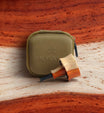

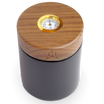
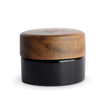


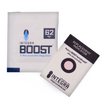


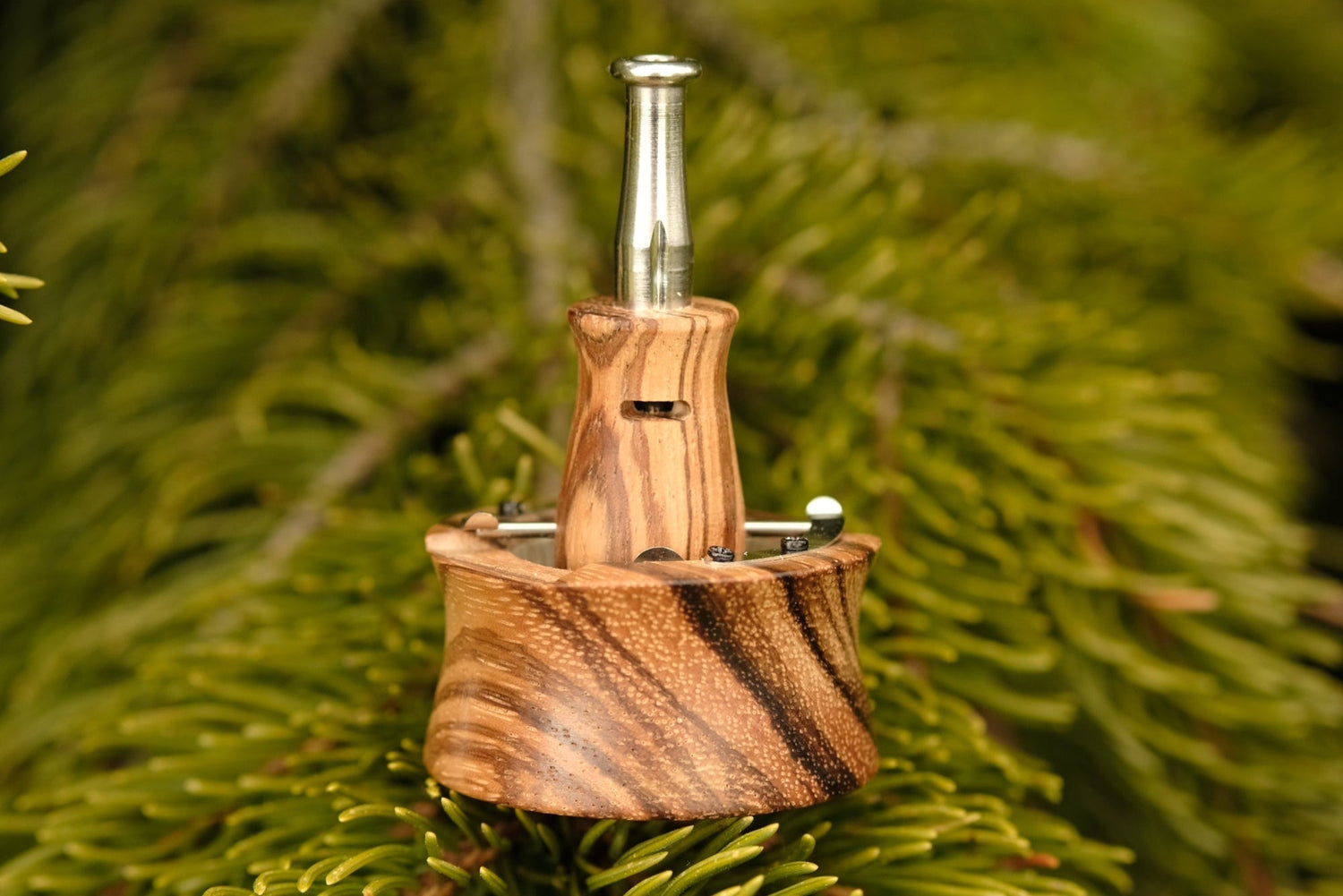
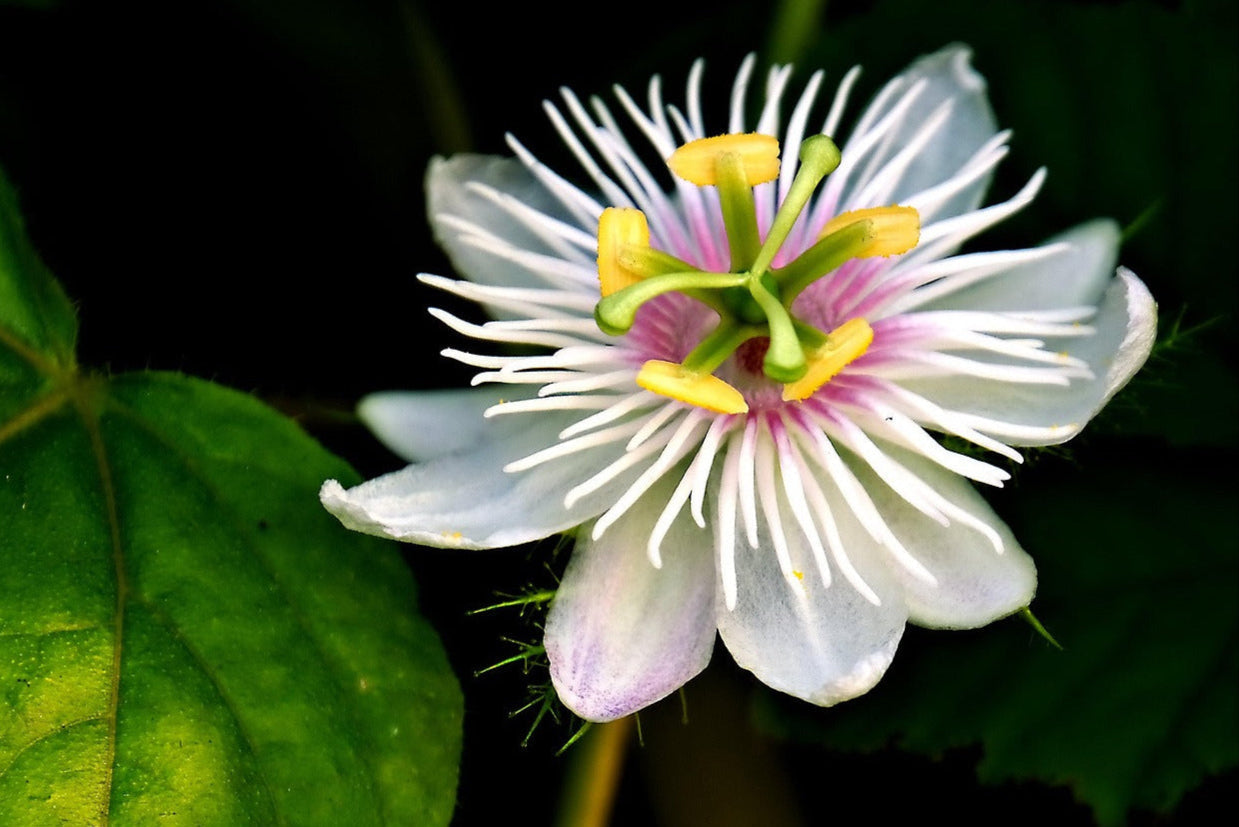
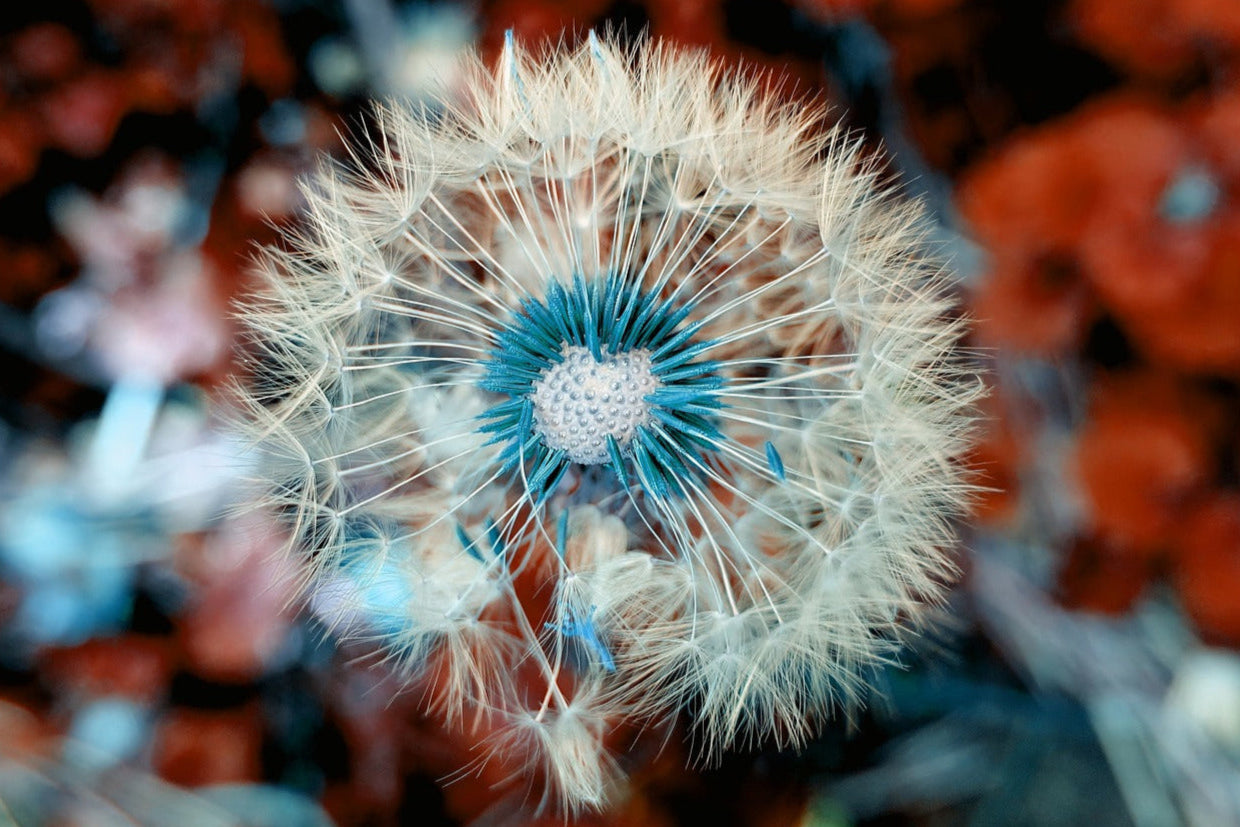


Leave a comment
All comments are moderated before being published.
This site is protected by hCaptcha and the hCaptcha Privacy Policy and Terms of Service apply.